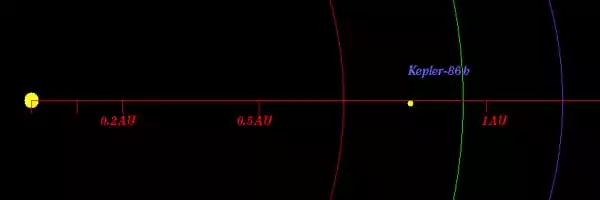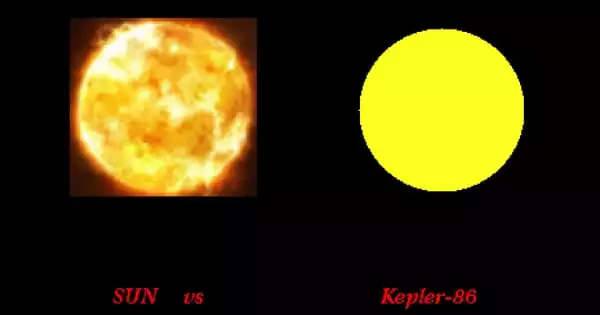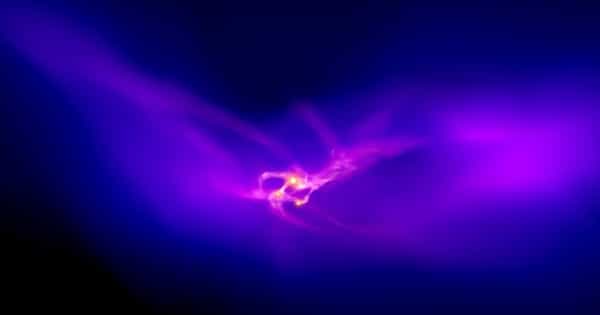PH2 is a Star. It is not a part of the Cygnus constellation outline, but it is within its boundaries. It is estimated to have at least one Extrasolar Planet in orbit around the star. It has a radius of 1.00 times that of the Sun. It has a radius that is 1.00 times that of the Sun. Because the radius of the Sun is 695,800km, the radius of the star is predicted to be 695,800.00km.
PH2, also known as Kepler-86, is a G-type star located 1,130 light-years (350 parsecs) away in the constellation Cygnus. PH2, which is roughly the size and temperature of the Sun, rose to notoriety when it was revealed that it was the host of one of 42 planet candidates discovered by the Planet Hunters citizen science initiative in its second data release. The candidate, known as PH2 b, circling PH2 had been discovered to have a spurious detection probability of only 0.08 percent, conclusively validating its existence as a planet.
PH2 b (or Kepler-86b) is a “Jupiter-size” gas giant that may have a natural satellite suitable for harboring life. It is located in the habitable zone of its parent star. On January 3, 2013, the report of the verified discovery of PH2 b was submitted. It was discovered by amateur Pole Rafa Herszkowicz combining his laptop and Internet access project with data from the Kepler satellite telescope.

PH2 b was discovered, along with 42 other planet candidates, in archival Kepler data by the Planet Hunters initiative, which involves human volunteers analyzing the light curves of Kepler target stars in search of planetary transit signals that computer systems may miss. Previous work by Planet Hunters helped to confirm the existence of PH1 b, a Neptune-mass planet within a four-star system.
Planetary system
PH2 has one confirmed planet, PH2 b, which orbits the star with a period of around 282 days, putting it and any potential moons in the habitable zone. The temperature in the planet’s upper atmosphere might range from 185 K (−88 °C; −127 °F) to 303 K (30 °C; 86 °F). According to the researchers, a moon of PH2 b would likely have “a rocky core, plus a greenhouse atmosphere of some form that may contain liquid water on its surface,” enhancing its chances of habitability even further.
PH2 b is a gas giant exoplanet in the habitable zone of a G-type star. It has a mass of 80 Jupiter, takes 282.5 days to complete one orbit of its star, and is 0.828 AU away from it. It was discovered in 2013 and was announced at the time.
Kepler-86 has an apparent magnitude of 22.0 and an absolute magnitude of 25.0. It is 0.9 times more massive and 1.0 times larger than our Sun. The surface temperature is 5629 degrees Fahrenheit, and the spectral type is G5. The number of extrasolar planets is one. Kepler-86 b has a radius of 0.846600, a mass of 0.342350, and an orbital distance of 0.824000.
















